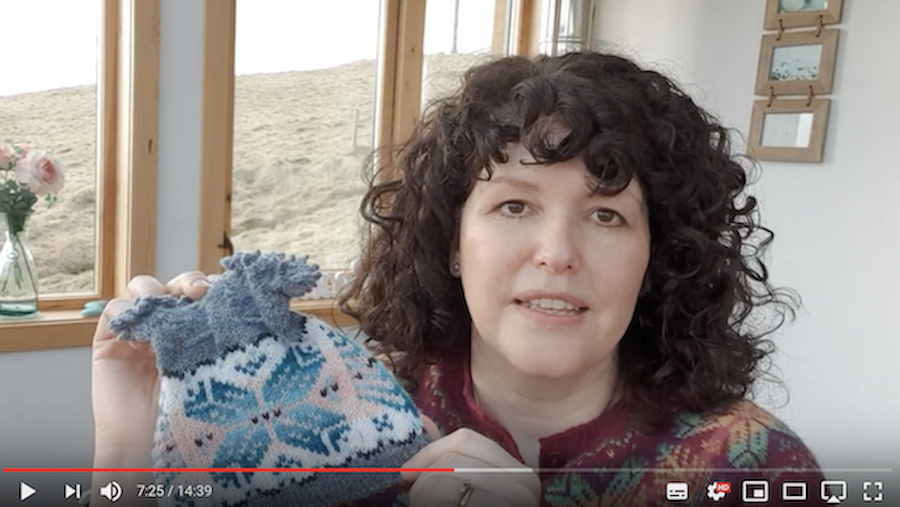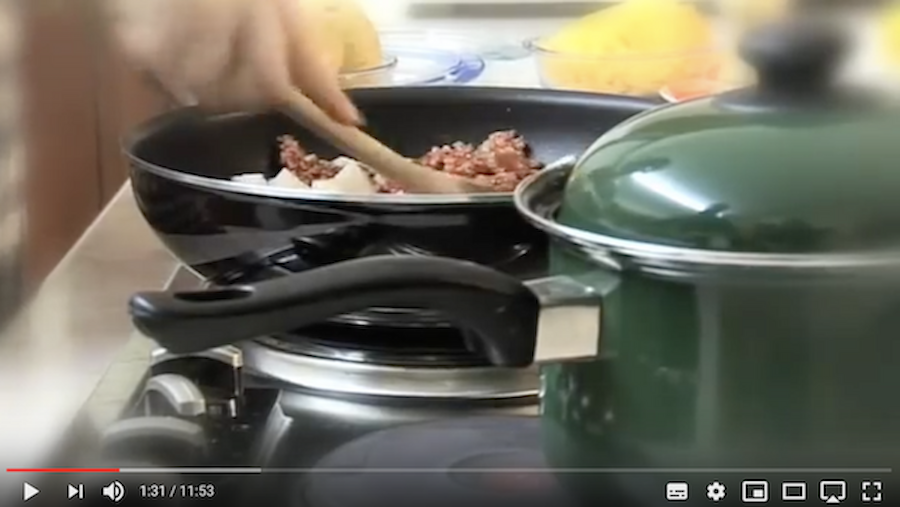With everyone spending a lot more time indoors for the foreseeable future it's a good time to try your hand at a new skill or hobby. Here are some Shetland-related activities you can have a go at...
Bake a bannock
Shetland bannocks are easy to make and the perfect accompaniment to a bowl of tattie soup. Over the years, there's been quite a lot of debate about what baking technique is the best but we reckon you should try this recipe from Peter Sinclair of Hillswick. Have a go and let us know how you get on.
Learn about traditional Shetland knitting
Shetlander Janette Budge is a knitwear designer and tutor. She's set up a vlog and podcast sharing her love of all things Shetland, wool and textile related. You can tune into the first episode on YouTube.
Learn the basics of Fair Isle
If you've never knitted before and want to give it a whirl, Shetlander Terri Malcolmson has put together a series of really handy beginner knitting videos on her YouTube channel. Learn all the basics from knitting and purling to casting on and off. Ideal if you want to give knitting a go for the first time at home. And, once you've mastered that, why not give Fair Isle knitting a try? Here's an introduction to Fair Isle knitting from Susan Crawford.
Make Sassermaet Clatch
Sassermaet is a spicy ground beef made from Shetland kye (cow). In the past, kye would be slaughtered during the colder winter months to ensure the fresh meat could be kept as long as possible. The only means of preserving the meat was air-drying in skeos, salting in barrels and lightly salting the trimmings. Sassermaet was made with these trimmings, which otherwise have been lost as food. Today, it's still enjoyed by households across the isles, particularly served in a bread roll with onions. In this fun video, Sunniva Henry reveals the secrets behind her legendary Sassermaet Clatch – her own unique take on how to serve this traditional Shetland delicacy. (Note: If you can't get hold of sassermaet you can substitute it with beef mince.)
Learn Shetland dialect
Shetland has it's own unique set of words, influenced by Old Scots with a strong Norse influence. The way we speak varies across the different areas of Shetland but there are some commonly used words and phrases. Watch this video with Shetland poet Christine De Luca to get an idea of what Shetlandic sounds like and to find out more about Shetland dialect, visit the Shetland For Wirds website.
Learn to play the fiddle
Traditional music is strongly fiddle-based, often with the addition of piano, accordion or guitar. The particular style of Shetland fiddle playing has many admirers and Shetland performers such as Aly Bain regularly tour world-wide. If you'd like to learn to play Shetland fiddle, musician Kevin Henderson has set up online fiddle tutorials on Patreon that you can sign up to. Shetlander Ross Couper is also offering private Shetland fiddle lessons online via Skype, you can get in touch with him via his Facebook page.



